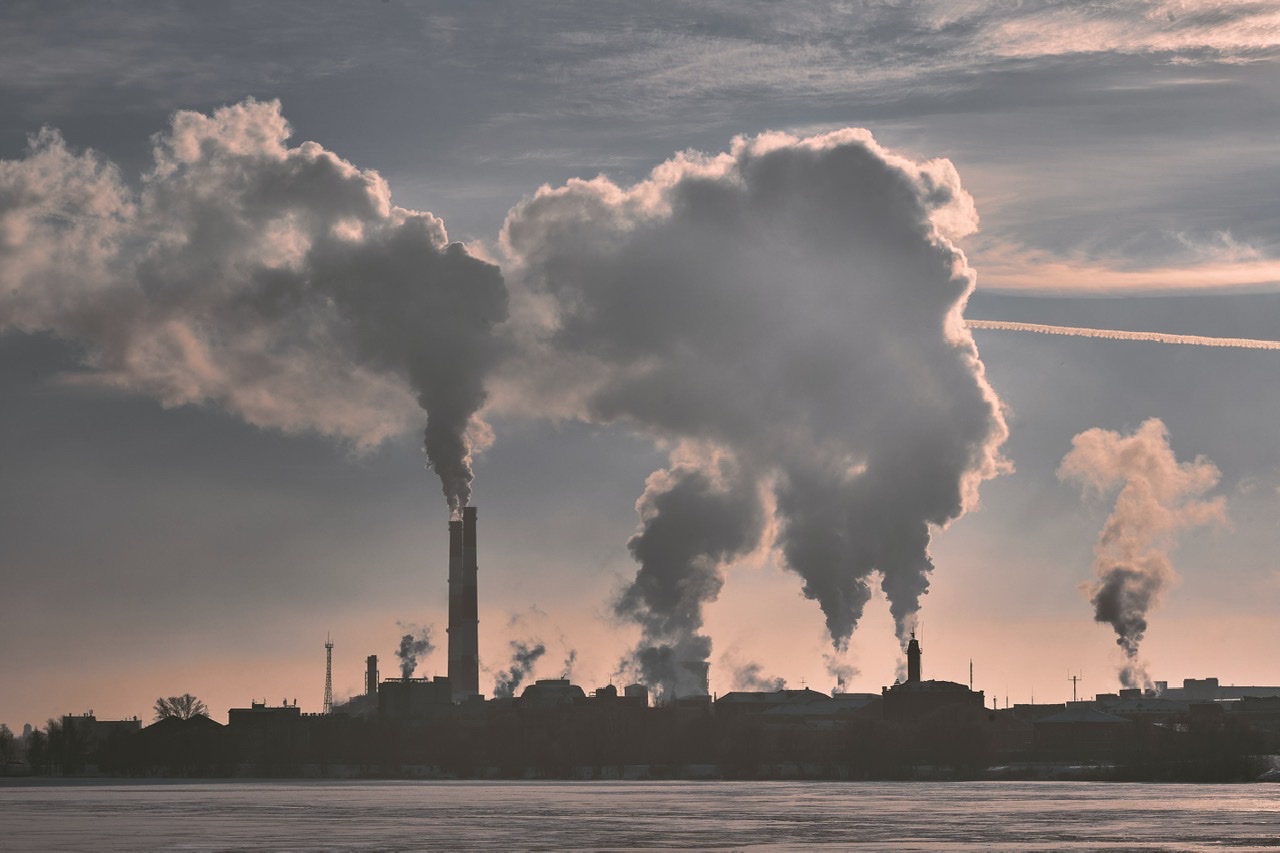A gas-led recovery leads to dangerous atmospheric methane
January 28, 2021
A US study showed that children born within a mile or two of a gas well were likely to be smaller and less healthy. High levels of methane reduce the amount of oxygen breathed from the air, with health consequences. And still the Coalition pushes its fracking plans for the nation.

Several of the large mass extinctions of species in the geological past are attributed to an increase in atmospheric methane (CH4), which raises the temperature of the atmosphere and deprives the oceans of oxygen.
Nowadays, the accelerated release of methane from melting Arctic permafrost, leaks from ocean sediments and from bogs, triggered by global warming, is posing a serious danger to the atmosphere and for the life support systems. But as if this was not dangerous enough, methane is now extracted as coal seam-gas (CSG) by fracking (hydraulic fracturing) of coal and of oil shale in the US, Canada, Australia and elsewhere.
Methane-bearing formations, about 300 metres to 1000 metres underground, are fracked using a mixture of water, sand, chemicals and explosives injected into the rock at high pressure, triggering significant amount of methane leaks into the overlying formations and escaping into the atmosphere.
CSG is made primarily of about 95-97% methane, which possesses a radiative greenhouse potential close to 80 times that of carbon dioxide (CO2). The radiative greenhouse effect of 1 kilogram of methane is equivalent to releasing 84 kilograms of CO2 and decreases to 20 and 34 times stronger than CO2 over a 100-year period.
Global methane deposits and Australian methane-bearing basins are proliferating. Fugitive emissions from CSG are already increasing the concentration of atmospheric methane above drill sites and range from 1 to 9 per cent during the total life cycle emissions. The venting of methane from underground coal mines in the Hunter region of NSW has led to an atmospheric level in the region of 3,000 parts per billion, with methane levels of 2,000 ppb (parts per billion) extending to some 50 kilometres from the mines. Peak readings higher than 3000 ppb represent an amalgamation of plumes from 17 sources. The median concentration within this section was 1820 ppb, with a peak reading of 2110 ppb. Compare this with mean methane values at Mauna Loa, Hawaii, of 1884 ppb.
Fugitive methane emissions occur from natural, urban, agricultural, and energy-production landscapes of eastern Australia. The chemical signature of methane released from fracking found in the atmosphere points to shale gas operations as the source.
The accumulation of many hundreds of billions of tons of unoxidized methane-rich organic matter in Arctic permafrost, methane hydrates in shallow Arctic lakes and seas, bogs, and as emanated from cattle and sheep, has already enhanced global methane growth over the past 40 years at rates up to 14 ppb/year.
The current methane level of 1884 ppb, ~2.5 times the <800 ppb level in 1840AD, indicating a mean growth rate of ~7 ppb/year is attributable in part to animal husbandry, permafrost melting, release from marine hydrates and bogs, and in part emissions from shale gas and fracking, as in the United States and Canada.
High levels of methane reduce the amount of oxygen breathed from the air, with health consequences. The toxicity of methane is corroborated in a 2018 study in Pennsylvania showing children born within a mile or two of a gas well were likely to be smaller and less healthy. New York State, Maryland, and Vermont have banned fracking, as have France and Germany.
According to Hansen (2018) reserves of unconventional gas exceed 10,000 GtC (billion tons of carbon). Given the scale of methane hydrate deposits around the world, sufficient deposits exist to perpetrate a global mass extinction of species on a geological scale.
